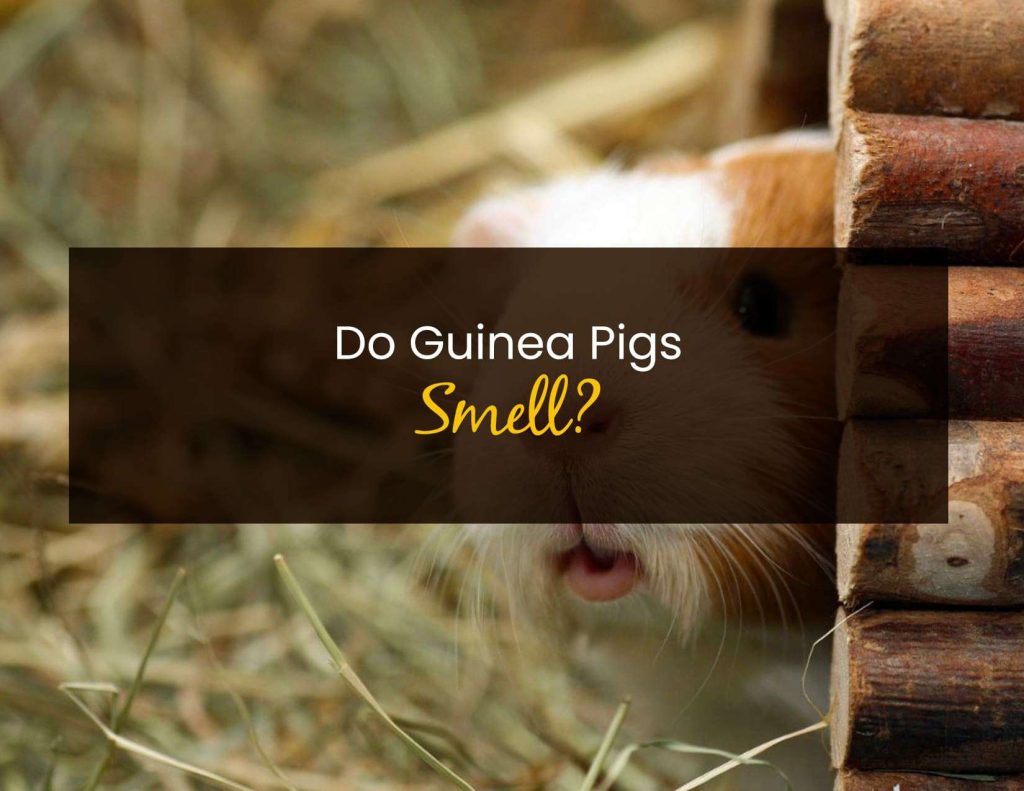There are many types of small animals that you can keep as pets. Among the most popular are hamsters, mice, rats, guinea pigs, and gerbils. Each of these small animals is relatively similar to each other and only really differs in size. However, among those listed gerbils are possibly the most popular. But where do gerbils come from?
Gerbils are small rodent animals similar to a mouse as they are in the same family of rodents. However, they differ slightly and thus belong to their specific subfamily. There are over 100 different gerbil species worldwide, most of them located in Africa and Asia. Unfortunately, while there are many other species of gerbils, not all of them can be kept as pets. Only a small percentage of them can be kept as pets.
As you continue to read this article, we will be discussing some of the different species of gerbils, where they come from, and how to keep them.

Where do Gerbils Come From?
A gerbil is a sub-family of rodents that have over 110 different species. Most of the species are located in Africa, India, and Asia. With that said, there are a few gerbils species located in Turkey and the Arabian Peninsula.
Gerbils are most likely to live in open and harsh environments. Areas like sandy and rocky deserts, plains, and savannas. Other places where you can find some species of gerbils are dry steppes, woodland savannas, and mountain slopes. Each species of gerbil is typically found in its favorite habitat. You will not find a gerbil that prefers to live in a woodland area in a sandy desert.
What is a Gerbil?

Gerbils have long hind feet and smaller front ones. They also have large eyes and ears and are covered in fur. This appearance gave them the name desert rat many years ago. As with all different species of the same type of animal, most of them have the same characteristics. However, they will have slight differences. Some can be larger, like the Great gerbil, which is the world’s largest known species of gerbil. Some have different tails, like the fat-tail gerbil.
There are also species of gerbils that are called jirds. This gets confusing because all jirds are gerbils, but not all gerbils are jirds. Gerbils describe a certain family of small jumping murine rodents. In contrast, a jird is referred to as an agricultural pest with the same aspects. There are some gerbils like the Mongolian gerbil, which is a pest for local farmers, and thus this gerbil is a jird.
Most gerbil species are nocturnal, meaning they are more active at night and can see in low light, allowing them to hunt. With that said, there are very few species of gerbils that are only active in the early morning and during the day.
Gerbils walk and run around on all fours much like a mouse or rat would. Most of them can use their elongated feet and leg muscles to make running jumps when they are frightened or to avoid predators. Gerbils mostly live underground and construct burrows, some of which can be pretty large and complex.
A gerbil’s diet typically would consist of seeds, nuts, roots, green plants, and insects. However, the Indian gerbil will also go out of its way to hunt down and eat the eggs of small birds. In addition, most species of gerbils will store food away in their burrows. The stored food is eaten during the winter, allowing the gerbils to stay underground through the cold season.
Different Species Of Gerbils
With over 100 species of gerbils, it would take quite a long time to describe and list all of them. With that said, you are most likely concerned with the most popular pet species. Of the 100 plus species, we have six different species of gerbils that are the most popular to be kept as pets.
Mongolian Gerbil

The Mongolian gerbil is the most popular species of gerbil to be adopted as a pet in the United States. Where these gerbils originate is evident as they come from Mongolia. Mongolian gerbils typically live in the desert shrublands of Mongolia.
The Mongolian gerbil is generally seen in patriarchal groups that include a single parental couple, the most current litter, and a few older juveniles. Females who are sexually mature mate based on authority, and dominant females will only mate with dominant males in heat.
Mongolian gerbils and other species of gerbils have a range of coat colors. Wild gerbils are typically light brown, grey, or yellow, although captive-bred gerbils have been created in a range of various hues by selective breeding.
Fat-Tailed Gerbils

The second most popular gerbil that is adopted as a pet is the fat-tailed gerbil. These little guys originate in Libya, Egypt, and Tunisia. The Mongolian gerbil has a long tail that may reach over 4 inches in length, but the fat-tailed gerbil has a considerably shorter tail. The tail is significantly broader than it is long, despite being just 2 inches long. These gerbils are often a little smaller in size, with a body length of up to 4 inches.
In the wild, fat-tailed gerbils are predominantly insectivorous, meaning they almost exclusively eat insects. However, in captivity, they eat similar to Mongolian gerbils or hamsters. These gerbils are similar to hamsters for the look of their tails and their ability to store fat in the tail during a food shortage. During these harsh times, the fat-tailed gerbil can survive off of the stored fat in its tail.
Fat-tailed gerbils are very fond of burrowing, so if you intend on getting some of these as pets, be sure to have several inches of soft bedding.
Shaw’s Jird

Shaw’s jird, one of the most abundant rodents in North African nations, is the least frequent gerbil seen in the pet industry. Shaw’s jirds are bigger and less social than typical gerbils. Female jirds of this species are very vicious. When it comes to being handled by people, they are gentle.
While the Shaw’s jird in the wild is short-haired with a sandy, agouti coloring, some long-haired variants have begun to emerge. A chinchilla mutation and a white-spotted jird are also possible.
Pale Gerbil

The pale gerbil, also known as the pallid gerbil, is indigenous to Egypt and is found predominantly in the country’s northwestern region. Pale gerbils are pale orange in hue with white underparts and white forelimbs and feet. These gerbils may reach 11 inches in length and weigh up to 50g.
North African Gerbil

The top of the North African gerbil’s body is covered in cinnamon to orange-brown fur, with white cheeks and a neck. These gerbils may also have a darker stripe on the nose with a distinct separation of the dorsal and ventral hues. The tail accounts for around 40% of the length of the rodent.
Great Gerbil

The great gerbil is the biggest gerbil found in Central Asia, measuring 6 to 8 inches in length. These gerbils are distinguished from other gerbil species by the presence of two grooves in each incisor and big front claws utilized for digging.
How To Properly Keep Gerbils As Pets
While there are numerous types of gerbils in the wild, most gerbils kept as pets are captive-bred Mongolian gerbils. While many people love having gerbils as pets, they are not suitable for very young children since they can be harmed if crushed or dropped. In addition, if they are scared, they are also capable of nipping or scratching.
The wild-type coloring is known as “agouti” coloration; each hair is banded with gray, yellowish, and black hair, with off-white hair on the belly. Several beautiful color variants, such as white, black, and gold, are accessible through careful breeding.
Gerbils are incredibly sociable animals that live in colonies in the wild; they do not perform well as solitary pets. Keeping a same-sex pair is essential; littermates typically get along well. However, because gerbils are territorial, it might be challenging to introduce a new one if you only have one. Never put two unfamiliar gerbils together without first introducing them. They will fight, frequently killing one of the gerbils. You must be patient because the introduction may take many weeks.
Gerbils, being sociable creatures, may grow relatively tame with consistent handling. They have a typically pleasant demeanor and will only bite if they feel threatened. Hand-taming a gerbil generally is very simple and treats and positive reinforcement methods such as operant conditioning undoubtedly aid in the process. Gerbils have long hairy tails with a tuft of fur at the end. However, you should never pick up a gerbil by its tail; doing so will result in lifelong damage.

Handling a Gerbil
When it comes to picking up and holding your gerbil, there are a few things you need to do beforehand. The first thing you will need to do is earn their trust. The process is relatively simple. However, it can take some time.
Give them a few days to get used to their new home. When they are awake, you can approach them slowly. Get down to their level as it will make them feel less scared. When you get up to their cage, offer them some treats through the bars of their enclosure. Once they have started to accept treats from your hand through the cage, try opening the cage door and feeding them through that. Eventually, you can place a treat in your hands. They will climb onto your hand, where you can gently pet them while they are eating.
You can hold and carry your gerbil in your cupped palms after it is comfortable with you. Many gerbils love having the sides and backs of their heads rubbed softly. Avoid touching your gerbil’s tail; if you are afraid that it will fall, you can adjust it by swiftly but gently grasping the scruff of its neck.
Setting Up A Cage For Your Gerbils

A cage of 12 inches by 24 inches by 12 inches tall is enough for a pair of gerbils. Still, because gerbils are active, a larger cage is usually preferable. Glass aquariums may be utilized and are preferred by many owners over wire cages. Aquariums provide a thick layer of bedding to allow gerbils to burrow, a natural activity for pet gerbils. In addition, a tight mesh lid is required to prevent escapes while still allowing for adequate ventilation.
Depending on the species of gerbil you will adopt, you will need 3 to 5 inches of bedding. Most bedding is fine. However, you need to avoid cedar and pine shavings as they can lead to health issues. Many owners consider paper bedding the best for gerbils because it is easy for them to burrow, absorbent, and perfectly healthy.
You will also need to place a box inside of the cage to act as a house for your gerbils. It is almost guaranteed that they will always go inside and burrow a nest for them to sleep. Along with the box, consider placing an exercise wheel, and other toys like wood toys, branches, wood, or rope parrot toys are all perfect examples.
Water should always be available for your gerbils. As for food, your best choice is to go with formulated gerbil food. Formulated gerbil food will provide all of the nutrients that your gerbils will need. You can also use sunflower seed mixes and unsweetened cheerios, and even rice Krispies cereal as treats.
Final Thoughts
Gerbils are very similar to mice and rats. Also known as desert rats, gerbils prefer harsh climates to call their homes—places like deserts, mountain plains, and woodland savannas. With over 100 species of gerbils, most of them are located in Africa and Asia. With some species being located in Turkey and the Arabian Peninsula. Gerbils also make great pets and are very similar to hamsters when taking care of them.










